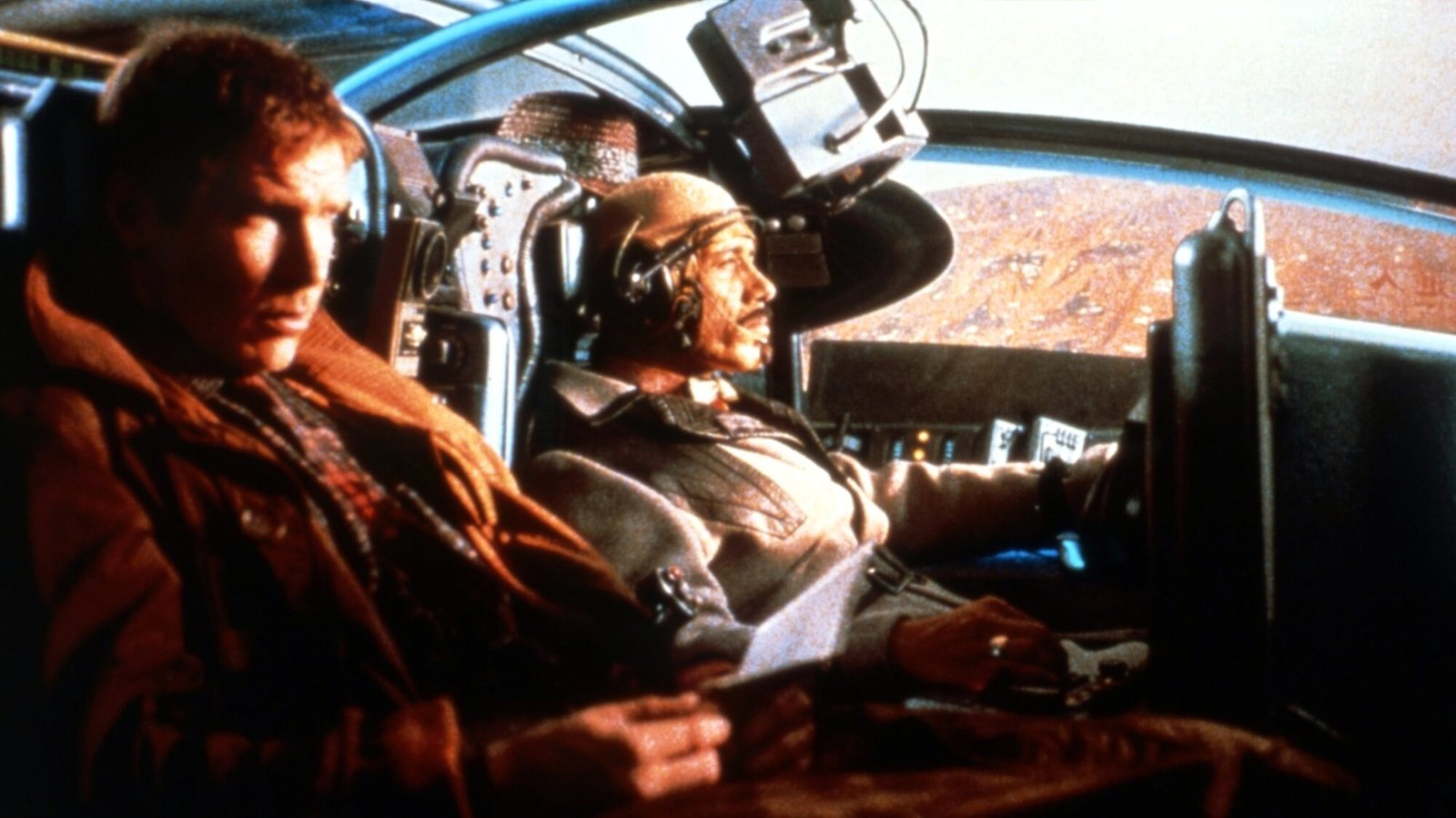What ‘Blade Runner’ got right and wrong about 2019 : Ridley Scott’s iconic science fiction film, “Blade Runner,” set in a dystopian Los Angeles in 2019, offered a dark and visionary portrayal of the future. As we reflect on the year that has passed, it’s interesting to examine what the film got right and wrong about its depiction of 2019.
What ‘Blade Runner’ got right and wrong about 2019

What ‘Blade Runner’ got right and wrong about 2019
One aspect that the film accurately predicted was the continuous advancement of technology. “Blade Runner” showcased a world filled with flying cars, video calls, and humanoid robots known as replicants. While we don’t have flying cars roaming our skies or fully sentient androids yet, the film’s portrayal of advanced technology and its integration into everyday life resonates with the reality of our modern world. Video calls and virtual communication have become commonplace, and advancements in robotics and artificial intelligence are transforming various industries.
However, “Blade Runner” missed the mark when it came to environmental issues. The film depicted a heavily polluted and overpopulated city, shrouded in constant darkness and rain. While pollution and overpopulation remain global concerns, the film’s portrayal of a perpetually grim and gloomy world did not align with the progress made in addressing environmental challenges. In reality, there have been significant efforts to promote sustainability, reduce pollution, and find innovative solutions to combat climate change.
Another aspect that the film missed is the cultural and social diversity that exists today. “Blade Runner” primarily showcased a predominantly white cast, with minimal representation of various ethnicities and cultures. In contrast, our current society is increasingly aware of the importance of inclusivity and representation, striving for diversity in various industries, including film and entertainment. The film’s narrow representation falls short of capturing the rich tapestry of multiculturalism that characterizes our world today.
Additionally, “Blade Runner” envisioned a world where artificial intelligence and robots had become advanced enough to possess human-like emotions and consciousness. While we have made remarkable progress in artificial intelligence and robotics, the development of true human-like emotions and self-awareness in machines remains a distant reality. Ethical and philosophical debates surrounding the idea of sentient AI are ongoing, with many experts believing that such a level of consciousness is yet to be achieved.
Despite its inaccuracies, “Blade Runner” should be commended for its thought-provoking portrayal of a future society grappling with technological and ethical dilemmas. The film served as a cautionary tale, reminding us of the potential consequences of unchecked technological advancement and the importance of addressing societal issues.
In conclusion, while “Blade Runner” did not perfectly predict the year 2019, it did capture some key elements of our modern reality, such as the continued advancement of technology and its impact on daily life. However, the film’s portrayal of environmental conditions, cultural diversity, and the development of sentient AI missed the mark. Nevertheless, the film’s enduring legacy lies in its ability to spark discussions about the future, our relationship with technology, and the moral and ethical implications of scientific progress.
